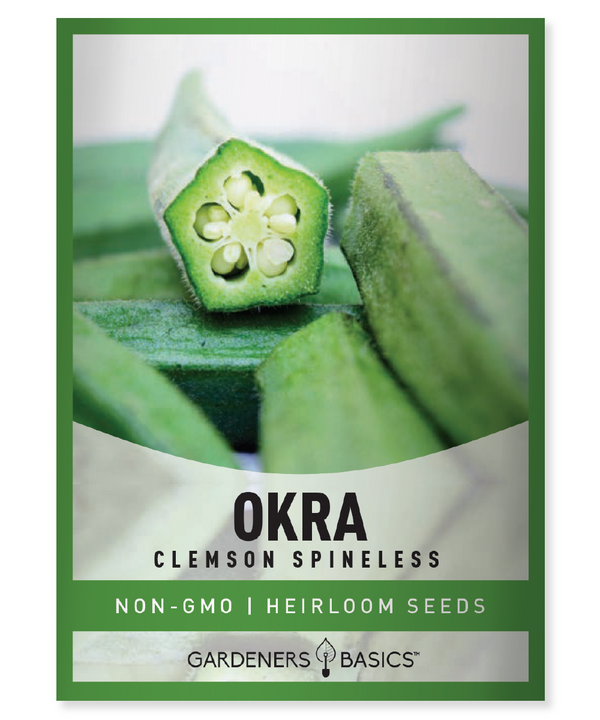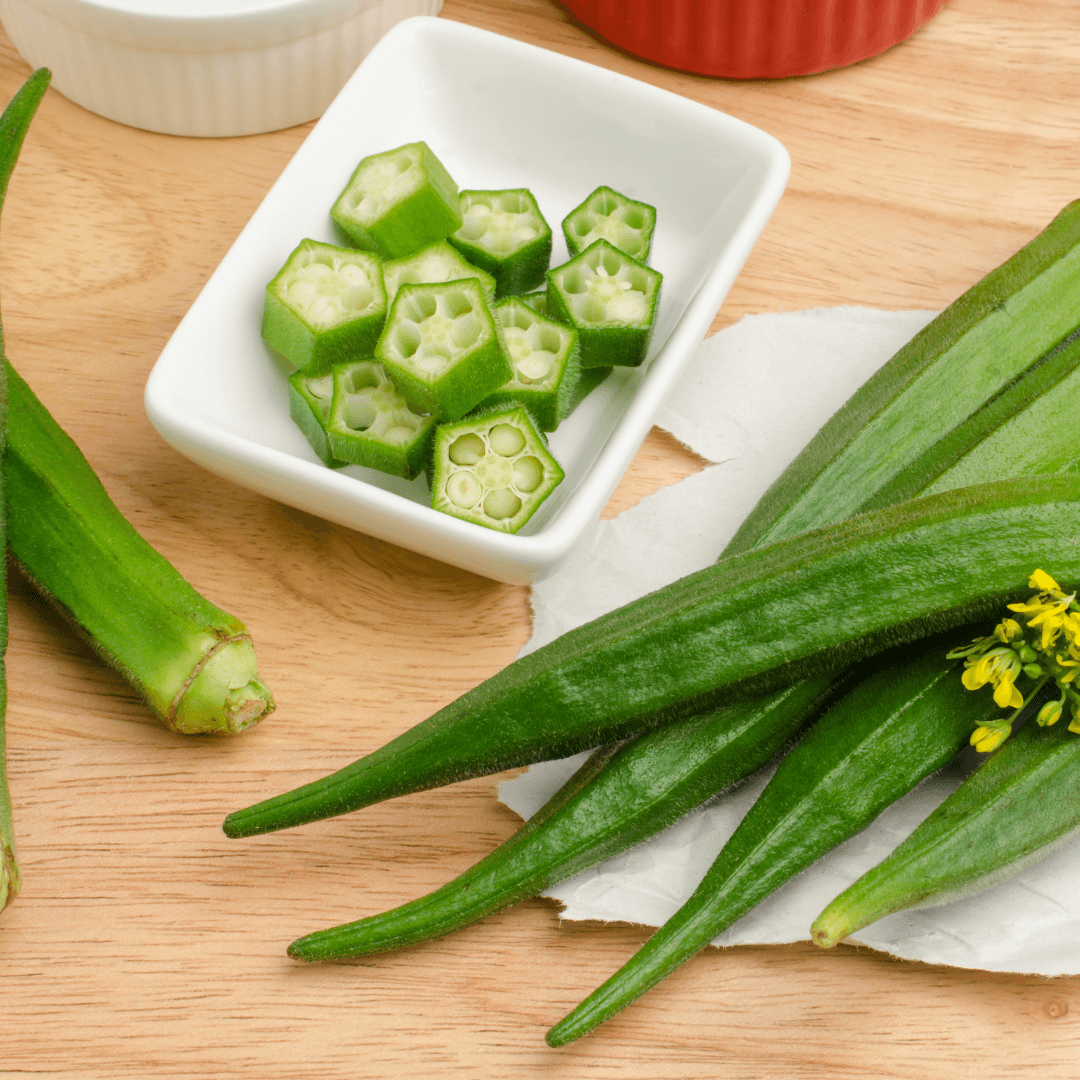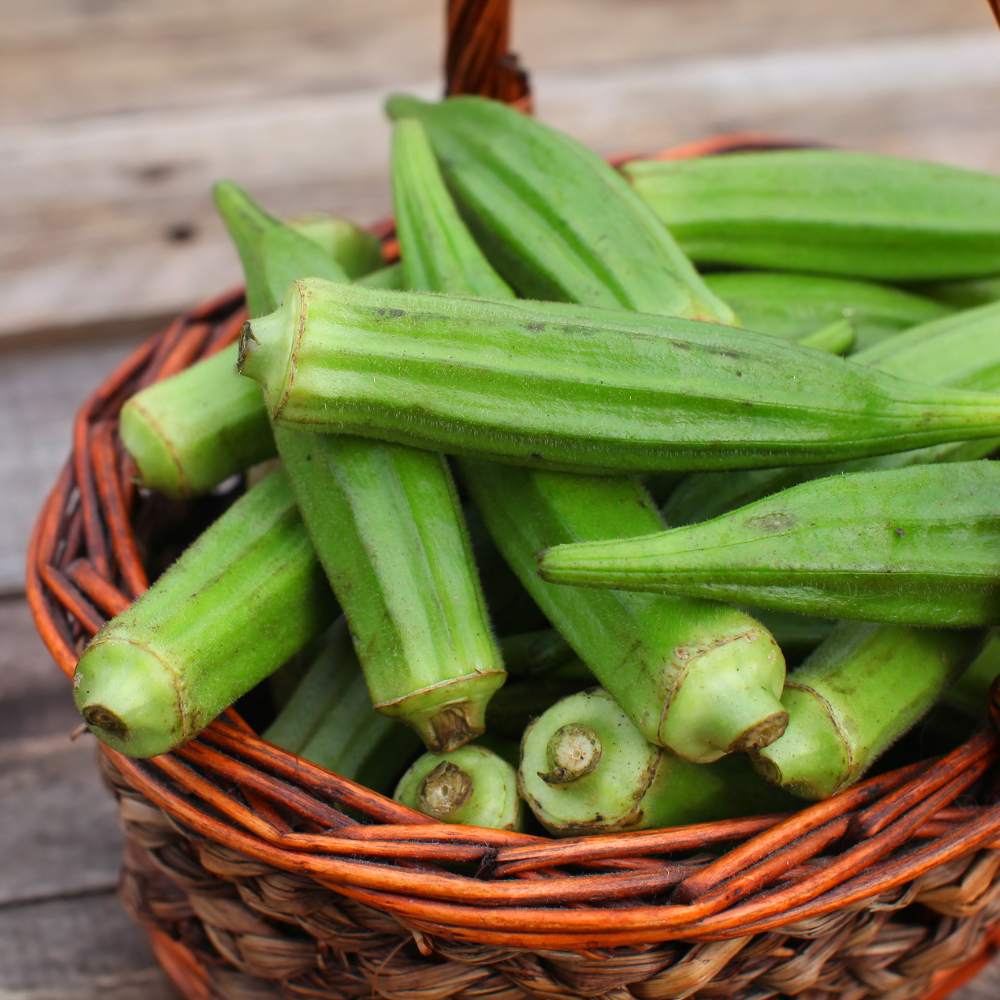If you're a Floridian who loves to grow your own vegetables, okra is an excellent choice. Okra thrives in the warm, humid climate of Florida, and it is relatively easy to grow. In this article, we will guide you through the process of how to grow okra in Florida.
Choosing the Right Okra Seeds
Choosing the right okra seeds is an essential step in growing okra. Florida gardeners should consider planting the Clemson Spineless variety of okra, as it has been shown to grow well in the Florida climate. However, you can also try growing other heirloom seeds that are well-adapted to Florida.
Starting Okra Seeds Indoors
Starting your okra seeds indoors is an excellent way to get a head start on the growing season. To start your okra seeds indoors, follow these steps:
- Fill a seed tray or small pots with a seed-starting mix.
- Sow one okra seed per pot or cell.
- Cover the seeds lightly with the soil.
- Water the seeds well.
- Place the trays or pots in a warm, sunny location.
Okra seeds typically germinate in 7-14 days. Once the seedlings have grown to about 2 inches tall, they can be transplanted into larger pots or directly into the garden.
Clemson Spineless Okra Seeds

$2.49
Clemson Spineless Okra Seeds - Heirloom, Non-GMO, Non-Hybrid, Open-Pollinated for Your Garden Discover the timeless appeal of Clemson Spineless Okra seeds, a must-have addition for gardeners looking to grow a bountiful harvest of tender, flavorful okra pods. Our premium seeds… read more
Planting Okra
Once you have started your okra seeds, it's time to plant them in the garden. Here's how to plant okra:
- Choose a sunny location with well-draining soil.
- Till the soil to a depth of at least 8 inches.
- Mix in compost or other organic matter to improve the soil's fertility.
- Plant the okra seedlings 12-18 inches apart.
- Water the seedlings well.
Caring for Okra
Okra is a relatively low-maintenance plant, but it does require some care to ensure healthy growth. Here are some tips for caring for your okra plants:
- Water: Okra plants require regular watering, especially during the hot, dry summer months. Aim to water your okra plants deeply once a week, rather than frequent shallow watering.
- Fertilizer: Okra plants benefit from regular fertilization. Apply a balanced fertilizer every 4-6 weeks throughout the growing season.
- Mulch: Apply a layer of mulch around your okra plants to help retain moisture in the soil and prevent weeds from growing.
- Long Sleeves: Wear long sleeves and gloves when handling okra plants, as they have small prickly hairs that can irritate the skin.
Frost Dates
In Florida, the frost dates vary depending on the region. It is important to know the frost dates in your area so you can plan your planting accordingly. In North Florida, the frost dates are typically from November to February, while in South Florida, the frost dates are typically from December to January.
Pests and Diseases
Like any other plant, okra is susceptible to pests and diseases. Some common pests that can attack okra plants include aphids, stink bugs, and spider mites. You can control these pests by spraying your plants with a natural insecticide or by introducing beneficial insects like ladybugs or praying mantes into your garden.
Okra can also be affected by diseases like root rot, leaf spot, and powdery mildew. To prevent these diseases, avoid overwatering your plants, and make sure they are planted in well-draining soil. You can also prevent powdery mildew by ensuring proper air circulation around your plants.
Companion Planting
Companion planting is an excellent way to enhance the growth of your okra plants. Some plants that make good companions for okra include:
- Marigolds: These flowers repel harmful nematodes and attract beneficial insects like ladybugs.
- Peppers: Pepper plants can help deter pests like aphids and whiteflies.
- Sweet potatoes: Sweet potatoes can help suppress weeds and improve soil fertility.
Extending the Growing Season
In Florida, the growing season for okra typically lasts from April to October. However, you can extend the growing season by planting your okra seeds earlier in the year and by using row covers or other protective coverings to keep your plants warm during the colder months.
Harvesting Okra
Okra is typically ready to harvest 50-60 days after planting. When harvesting okra, it's important to pick the pods when they are 3-4 inches long. The pods will become tough and woody if left on the plant for too long.
Storing Okra
If you have a large harvest of okra, you may want to store it for later use. Okra can be stored in the refrigerator for up to a week. To freeze okra, blanch the pods for 3 minutes, then transfer them to an airtight container and store them in the freezer for up to 8 months.
FAQ
Q: When is the best time to plant okra in Florida?
A: The best time to plant okra in Florida is in the spring, after the last frost date. This is typically in late March or early April.
Q: How often should I water my okra plants?
A: Okra plants should be watered deeply once a week, especially during hot, dry weather. Avoid frequent shallow watering, as this can lead to shallow root growth.
Q: How do I know when my okra is ready to harvest?
A: Okra is ready to harvest when the pods are 3-4 inches long. If you wait too long to harvest, the pods will become tough and woody.
Q: How can I prevent pests and diseases in my okra plants?
A: To prevent pests and diseases, make sure your plants are planted in well-draining soil, avoid overwatering, and practice good garden hygiene. You can also use natural insecticides or introduce beneficial insects to control pests.
Q: How can I extend the growing season for my okra plants?
A: You can extend the growing season for okra by planting your seeds earlier in the year, using row covers or other protective coverings to keep your plants warm during colder weather, and by planting heat-tolerant varieties of okra.
Q: Can I save okra seeds for future planting?
A: Yes, you can save okra seeds for future planting. Allow the pods to dry on the plant, then harvest the seeds and store them in a cool, dry place until you are ready to plant them.
Conclusion
Growing okra in Florida is a rewarding and relatively easy experience. By following the tips outlined in this article, you should be able to grow healthy, productive okra plants in your own backyard. Remember to choose the right okra seeds, start your seeds indoors, plant your seedlings in a sunny location with well-draining soil, and care for your plants with regular watering and fertilization. With a little bit of effort and patience, you can enjoy a bountiful harvest of delicious okra throughout the growing season. Now that you know how to grow okra in Florida are you going to give it a shot?







